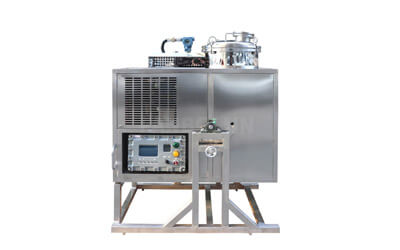Let’s talk about something that might sound a bit technical but is actually super practical and money-saving: ethyl acetate solvent recovery. If you’re in industries like pharmaceuticals, cosmetics, or even printing, you’ve probably heard of ethyl acetate. It’s a versatile solvent used in everything from nail polish removers to food flavorings. But here’s the kicker: it’s not cheap, and wasting it can burn a hole in your pocket. That’s where solvent recovery comes in. Think of it as recycling but for chemicals. Intrigued? Let’s dive in!
What Is Ethyl Acetate, and Why Should You Care?
Ethyl acetate is a clear, colorless liquid with a sweet, fruity smell. It’s widely used because it evaporates quickly and leaves no residue. But here’s the problem: once it’s used, it’s often discarded. Imagine throwing away money every time you use it. Sounds crazy, right? That’s why recovering and reusing ethyl acetate is a game-changer.
Did you know? The global ethyl acetate market is expected to grow significantly in the coming years. With prices fluctuating, wouldn’t it make sense to recover and reuse as much as possible?
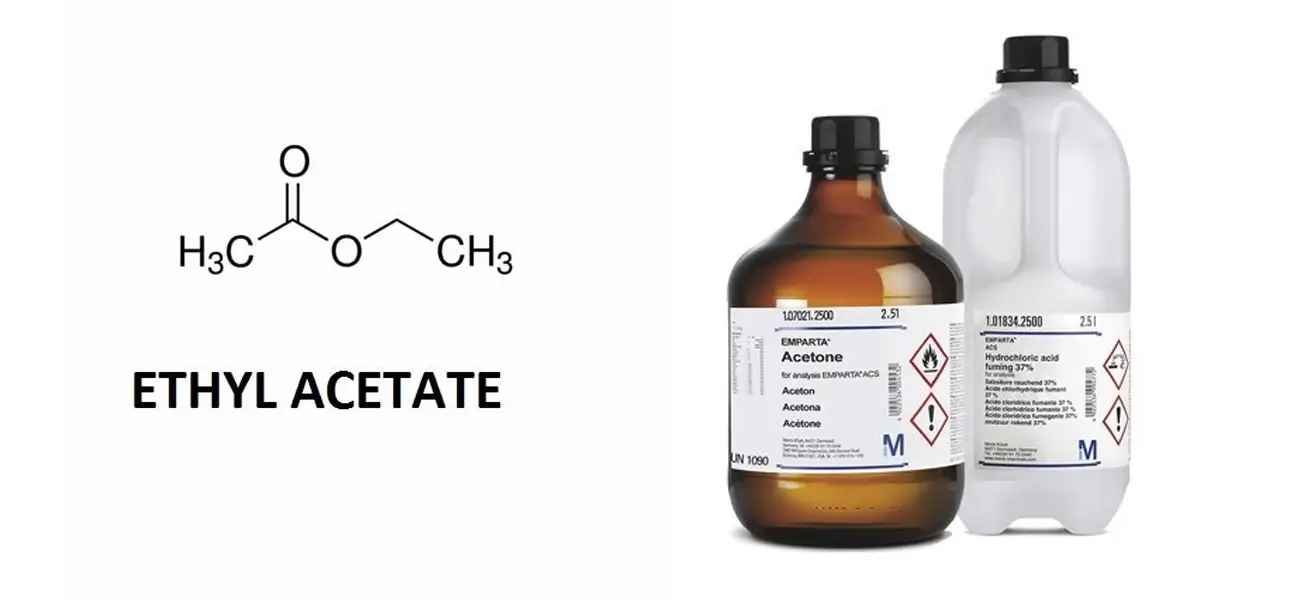
How Does Ethyl Acetate Solvent Recovery Work?
Alright, let’s get into the nitty-gritty. Solvent recovery is the process of capturing used ethyl acetate, cleaning it up, and making it reusable. The most common method is distillation. Here’s how it works:
Collection: Used ethyl acetate is collected from your processes.
Distillation: The solvent is heated to separate it from impurities. Since ethyl acetate has a lower boiling point than many contaminants, it evaporates first.
Condensation: The vapor is cooled back into a liquid, now clean and ready to use again.
It’s like giving your solvent a second life. And the best part? It’s not just good for your wallet; it’s great for the environment too.
What do you think happens to the impurities left behind after distillation? (Hint: They’re often disposed of safely or repurposed, depending on their nature.)
Why Bother Recovering Ethyl Acetate?
Let’s be real: the upfront cost of setting up a solvent recovery system can make you hesitate. But think of it as an investment. Here’s why:
Cost Savings: Recovering ethyl acetate can reduce your solvent costs by up to 90%. Yes, you read that right. Over time, the system pays for itself.
Environmental Benefits: Less waste means a smaller carbon footprint. Plus, many industries are under pressure to adopt greener practices. This is a win-win.
Regulatory Compliance: Disposing of solvents can be a headache due to strict regulations. Recovery simplifies this process.
Saving money is the last word, and it is worth investing in! Imagine cutting your solvent budget in half while also being eco-friendly. Sounds like a no-brainer, doesn’t it?
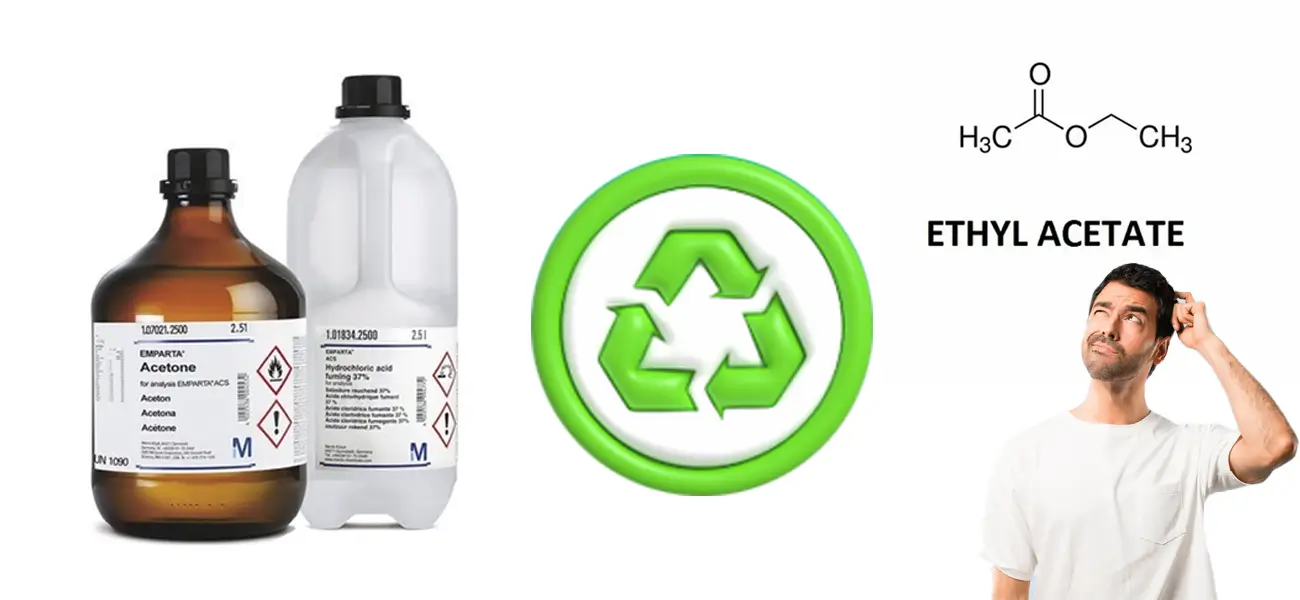
Where Ethyl Acetate Recovery Shines
Let’s look at some industries where ethyl acetate recovery is making a big impact:
Pharmaceuticals: Ethyl acetate is used in drug manufacturing. Recovering it not only saves money but also ensures a consistent supply of high-quality solvent.
Cosmetics: From perfumes to nail polish, ethyl acetate is a key ingredient. Recovery helps brands stay sustainable and cost-efficient.
Printing: Inks and coatings often contain ethyl acetate. Recovery reduces waste and keeps production costs down.
Fun fact: Did you know that some companies have reduced their solvent purchases by up to 80% thanks to recovery systems? That’s a lot of cash saved!
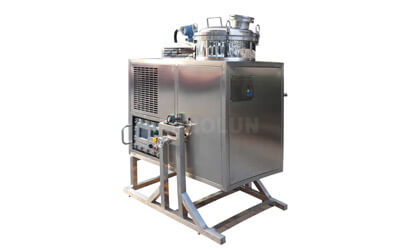
Solvent Recycling Equipment (90L)
Model: T-90EX
Feed capacity(L): 90
Power(kW): 5
Recovery(%): 95
View More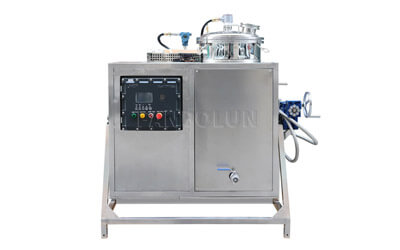
Solvent Recycler Machine (125L)
Model: T-125EX
Feed capacity(L): 125
Power(kW): 6
Recovery(%): 95
View More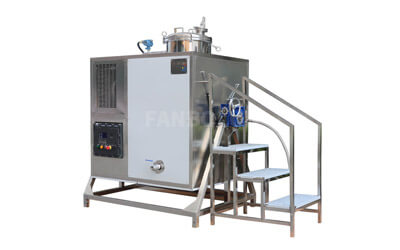
Solvent Recycling Machine (250L)
Model: T-250EX
Feed capacity(L): 250
Power(kW): 16
Recovery(%): 95
View More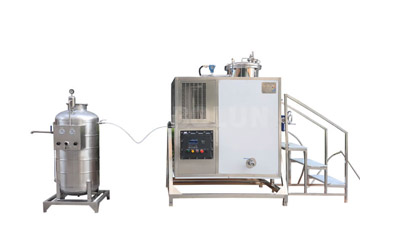
Solvent Recycling System (600L)
Model: T-600EX
Feed capacity(L): 600
Power(kW): 32
Recovery(%): 95
View More
Is Ethyl Acetate Solvent Recovery Right for You?
If you’re using ethyl acetate regularly, the answer is probably yes. The key is to evaluate your usage, waste, and budget. Start by asking:
How much ethyl acetate do I use monthly?
What’s my current disposal cost?
Can I afford the initial investment in a recovery system?
Once you crunch the numbers, you’ll likely see that recovery is a smart move. And remember, it’s not just about money—it’s about sustainability and efficiency too.
Final Thoughts
As industries continue to prioritize sustainability and cost-efficiency, ethyl acetate solvent recovery will only become more important. It’s a practical solution that benefits both your bottom line and the planet. So, why not give it a try?
One last question: What’s stopping you from exploring solvent recovery today? Whether it’s cost, complexity, or just uncertainty, there’s a solution out there for you. Take the first step, and you might just wonder why you didn’t start sooner.
In conclusion, ethyl acetate solvent recovery isn’t just a technical process—it’s a smart business move. It saves money, reduces waste, and helps you stay ahead in an increasingly eco-conscious world. So, what are you waiting for? Start your recovery journey today!

